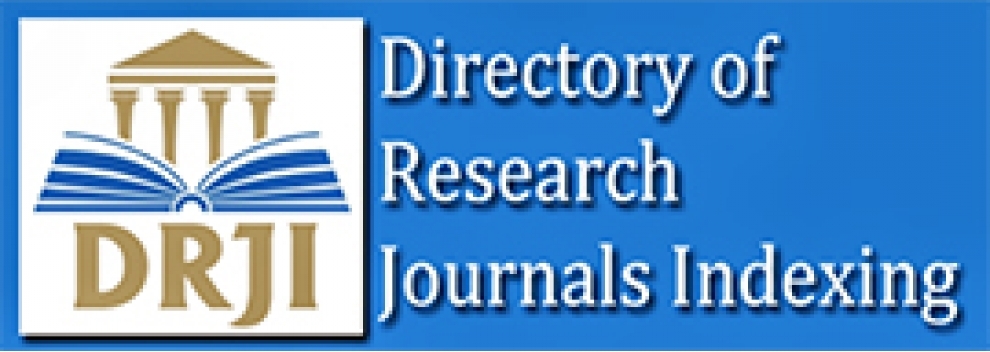“SUSTAINABLE DEVELOPMENT THROUGH SMART EDUCATION”
Abstract
The concept of sustainable development emerged as a response to a growing concern about human society‟s impact on the natural environment. The concept of sustainable development was defined in 1987 by the Brundatland commission (formally the world commission on Environment and development) as „development that meets the needs of the present without compromising the ability of future generations to meet their own needs‟. This definition acknowledge that while development may be necessary to meet human needs and improve the quality of life. It must happen without depleting the capacity of the natural environment to meet present and future needs. The concept of sustainable development includes major issues of economics prosperity, social equity, global development and environmental concerns to ensure quality of life without damaging the planet for the future. These are briefly explained hereunder. Economic Prosperity of any community is directly dependent upon business, trade and employment. It include the issue of tracking the ever-changing world of environment and health and safety legislation; development of local schools pools, through the generation of personal development and training programmes and intermediate labour markets development and substance of local produce and service, including rural social enterprises; development ad substance of local produce and service, including support of developing markets in tourism and green tourism, environmental services, local and organic food production; well educated work force; through wise use of resources; relationship between growth of economy and environment; sustainable food production; issues of poverty; economics growth within the country; global economic issues increase in employment etc.
How to Cite
Anil Kumar Sharma. (1). “SUSTAINABLE DEVELOPMENT THROUGH SMART EDUCATION”. ACCENT JOURNAL OF ECONOMICS ECOLOGY & ENGINEERING ISSN: 2456-1037 IF:8.20, ELJIF: 6.194(10/2018), Peer Reviewed and Refereed Journal, UGC APPROVED NO. 48767, 4(2). Retrieved from http://ajeee.co.in/index.php/ajeee/article/view/689
Section
Articles











